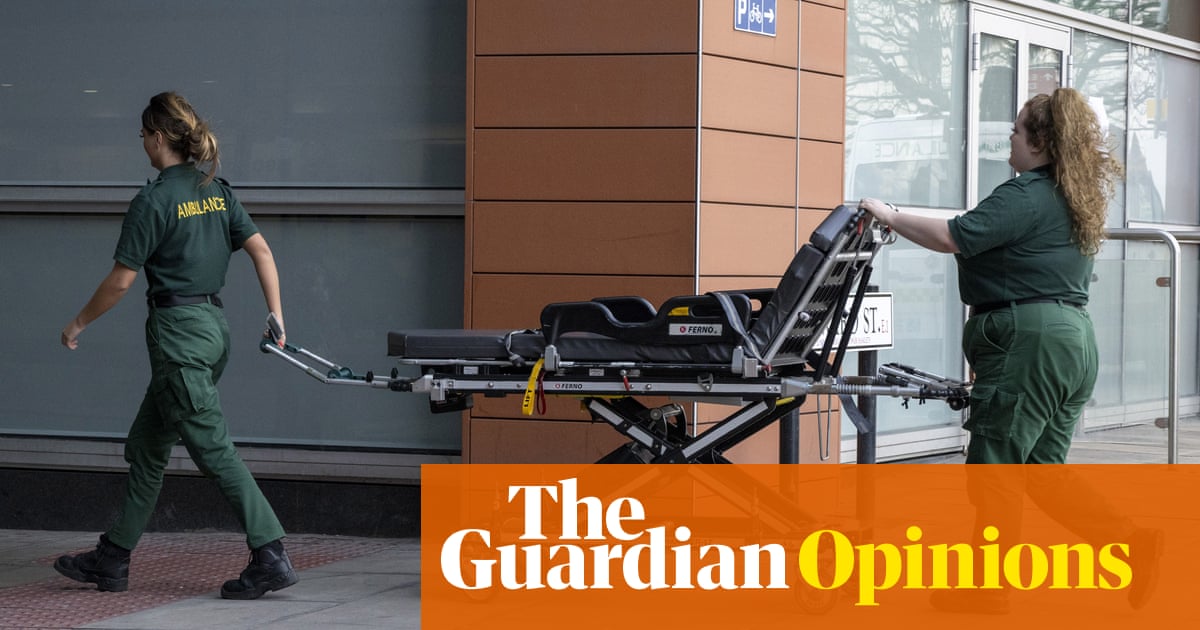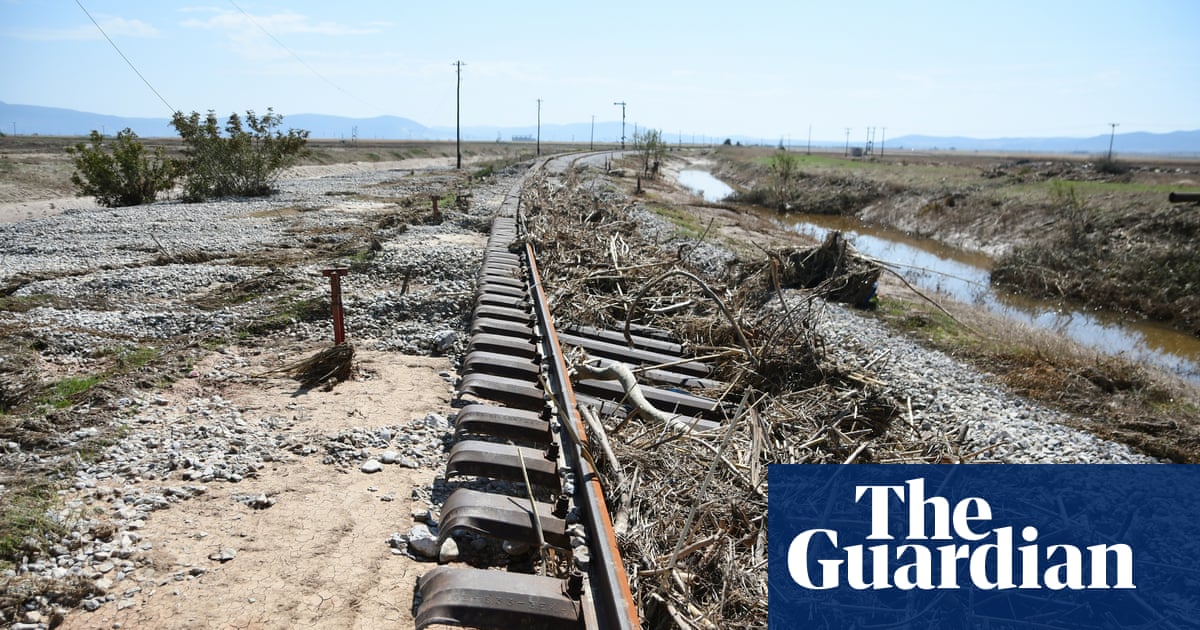
Marks & Spencer is in the dock this week – in defence not of its Colin the Caterpillar cake, but of its annual figures after a tumultuous year for the high street.
Last week the retailer’s chief executive, Steve Rowe, stole some of his own thunder by stating that, despite the turmoil caused by coronavirus, management had made progress on their revamp of the 137-year-old chain.
After three years they had succeeded in “fixing the basics”, he said. At last some good news for investors, albeit tempered with the knowledge that Rowe has finished only stage one and there are two more to go.
The punishing trading conditions of the past year have made a difficult – some say impossible – job harder for Rowe and his team, with the successive lockdowns having a big impact on M&S. It entered the crisis hindered by an inferior clothing website, with its successful food business hobbled by its reliance on commuters and entertaining at home, and the forced closure of its in-store cafes.
As a result the full-year numbers are not expected to be pretty. Analysts forecast pre-tax profit of £43m, pulled down by one-offs such as Covid safety measures in stores and redundancy costs – although unlike other “essential” retailers M&S has not returned millions of pounds of business rates relief. Clothing and homewares sales will probably be down by a third, while its food halls will have notched up growth of about 1%.
Rowe’s teaser for the results came as he set tongues wagging with a management reshuffle that handed new responsibilities to the retailer’s strategy supremo, Katie Bickerstaffe, food boss, Stuart Machin, and finance chief, Eoin Tonge. The rejig sets up a three-horse race to succeed Rowe, who has been doing what is one of the biggest jobs in British retail since 2016. Tonge has taken over strategy from Bickerstaffe and is considered the favourite.
The divvying-out of responsibilities is billed as having left Rowe free to “concentrate on building the M&S of the future”. The business is certainly in a better state than the one he inherited from his predecessor, Marc Bolland. Weak stores have closed, costs have been slashed – involving heavy job losses – and there is now an online food business, thanks to a joint venture with Ocado.
The M&S share price has recovered from last year’s low of 85p to 152p and analysts at Berenberg, who think the company’s stake in Ocado alone is worth 60p, say this looks cheap: “We believe the results will highlight the progress M&S has made to address its weaknesses – and it should emerge from the pandemic a stronger business.”
There have been glimpses of M&S’s future direction as it adds third-party clothing and lingerie brands to a website that is finally fit for purpose. Plans to knock down and redevelop its largest UK store, at the Marble Arch end ofin London’s Oxford Street, show how it can unlock value tied up in its property.
But more than anything, the UK’s biggest clothing retailer has to convince people to buy its clothes again. Not everyone thinks it can do it.
Panmure Gordon analyst Tony Shiret fears M&S is in a “doom loop”. “The problem with the whole thing is that M&S is perpetually restructuring,” he says. “There’s always something that needs work and normally the restructuring involves closing something down, and the sales base gets smaller.”












